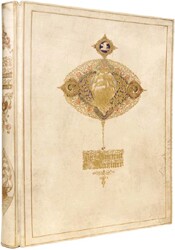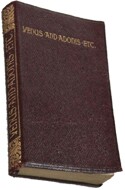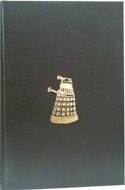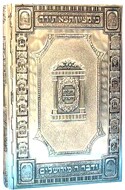The binding of a book describes the material that is used to make the upper (front) and lower (back) covers. Books are bound in all manner of materials including various papers, cloths, hides and even metals to increase aesthetic appeal or durability.
Contemporary custom dictates that a book in its original binding is superior to most re-bindings that were accomplished after the fact. The major exception to this rule is when the book has been re-bound by a noted bookbinder with historical significance in which case it is sometimes the binding rather than the book that has collectible status.
However this was not always the case. In the Victorian age most book owners felt that any book worth keeping deserved to be rebound, usually in some form of leather to become part of your personal library. This means books from this era (when book owners were wealthy and privileged), and earlier, have often been re-bound making the original publisher’s bindings that much rarer.
Types of Bindings
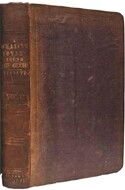

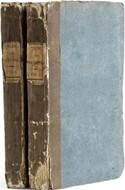
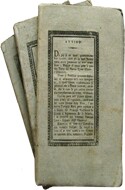
Calf
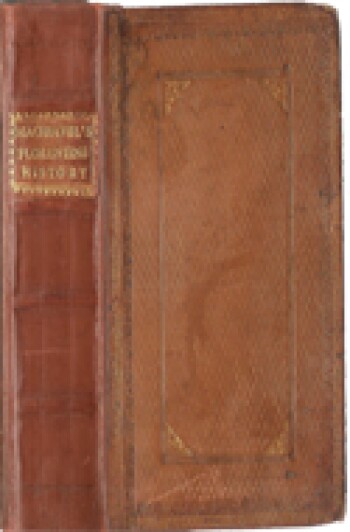


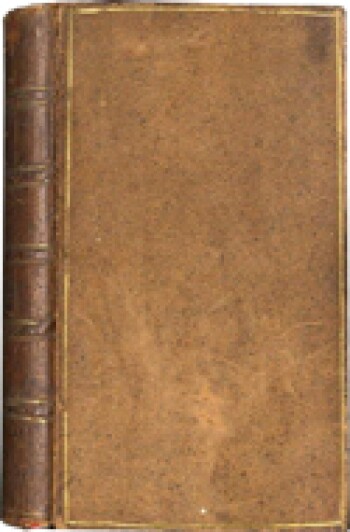
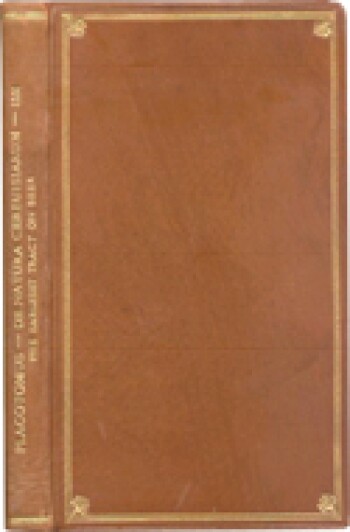
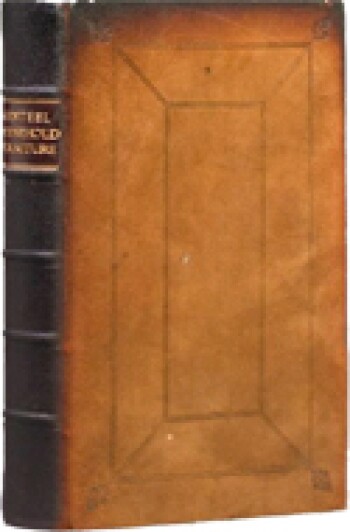
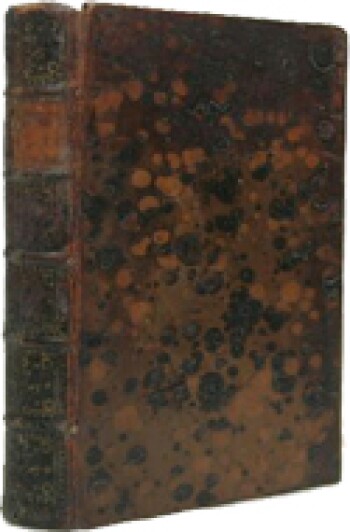

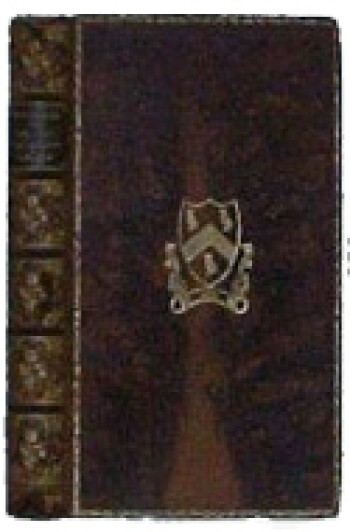
Morocco

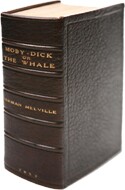
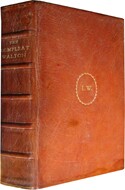

Other bindings

